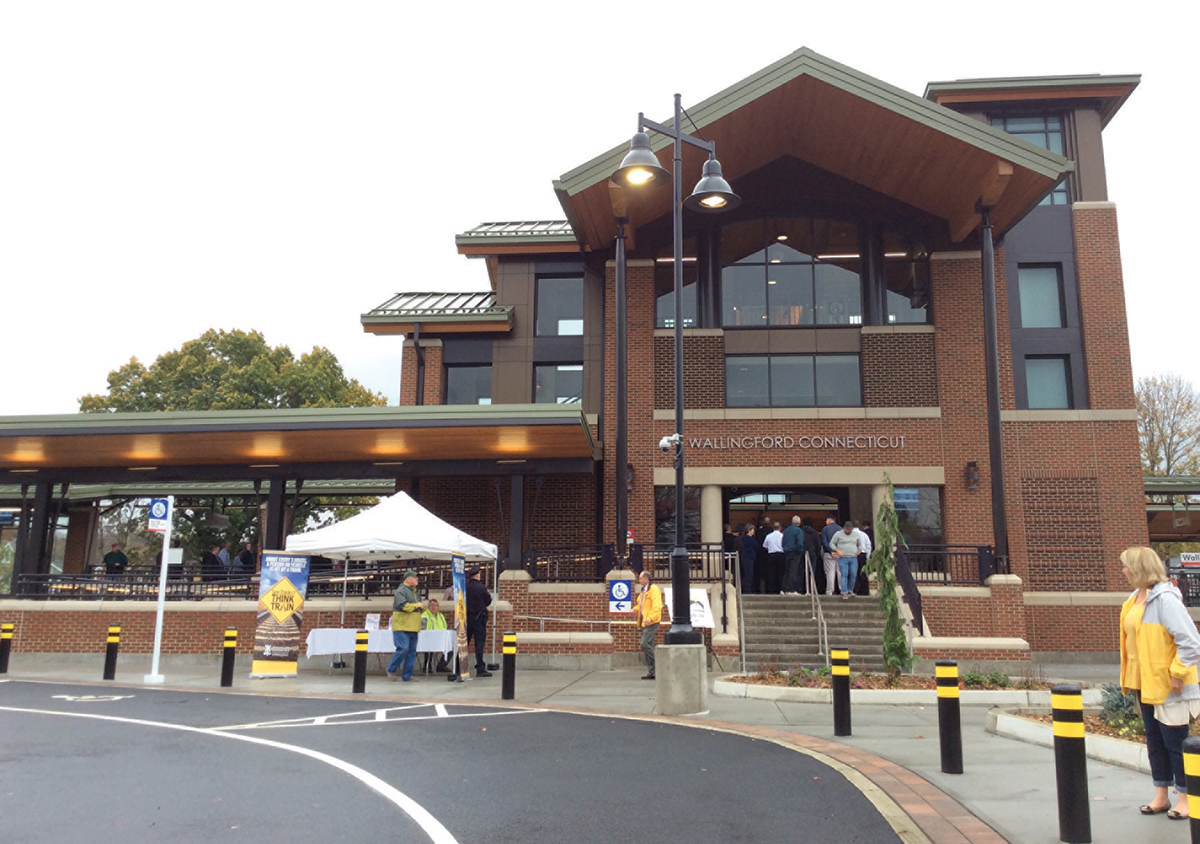
A billion reasons to invest in Connecticut’s downtowns and main streets - by Christine Schilke

Connecticut Main
Street Center
Connecticut stands ready to enter a new era of economic development as the key components of market demand, transit oriented development, and a burgeoning tax increment financing mechanism swirl together in a heady mix of market potential. At the center stands Connecticut’s downtowns and main streets, perfectly poised to offer the next golden era of Connecticut’s economy.
A recent analysis commissioned by the Connecticut Main Street Center found there is 187 million s/f of vacant and under-utilized space collectively located in Connecticut’s downtowns and town centers. If fully built out and occupied to full capacity, this would result in 20,000 new businesses; 88,000 new housing units; and 215,000 new permanent jobs. In terms of revenue, this development would generate $467 million in annual sales tax revenue; $567 in annual income tax revenue and $283 million in annual property tax revenue.
Beyond providing the physical infrastructure, Connecticut’s social and commercial centers meet the quality of life preferences of millennials and baby boomers – the first of which Connecticut desperately needs and the latter of which it has in droves. Both of these groups want the type of connected, walkable environment downtowns provide: a 2015 study found that 48% want to someday live in an area within walking distance of shops and restaurants.
The state is responding to this demand for transit-rich places. Ridership on CTfastrak, the state’s first bus rapid transit system continues to grow and surpass estimates, while spurring new development in places like downtown New Britain and West Hartford.

opened to the public on November 6
Meanwhile, the 2018 opening of the CTrail Hartford Line is projected to provide a dramatic increase in passenger rail service from New Haven to Springfield, Mass. Towns and developers aren’t wasting any time creating transit oriented development (TOD) plans and taking advantage of new tax increment financing legislation passed in 2015. To date, four municipalities have passed ordinances creating TIF districts, effectively using future tax revenues to pay for current redevelopment, with several more in the works. Indeed, in Windsor Locks, Boston-based Beacon Communities acknowledged the town’s new TIF district played a crucial role in the company’s decision to redevelop Montgomery Mill, an abandoned Main Street building, into 164 upscale one- and two-bedroom apartments.
With the state’s massive investment in transit, municipal TOD plans taking shape, and a billion dollars of potential located in Connecticut’s downtowns, it’s the perfect time to get in on the ground floor of Connecticut’s revival.
Christine Schilke is communications director for Connecticut Main Street Center, Hartford, Conn.